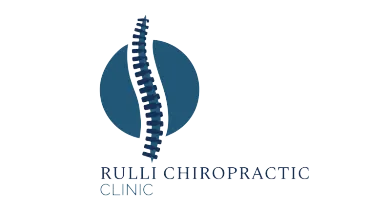Chiropractic Care Recommended for Low Back Pain

After an extensive study of all currently available care for low back problems, the Agency for Health Care Policy and Research—a federal government research organization—recommended
that low back pain sufferers choose the most conservative care first. And it recommended spinal manipulation as the only safe and effective, drugless form of initial professional treatment
for acute low back problems in
adults.1
1 Bigos S, Bowyer O, Braen G, et al. Acute Low Back Problems in Adults. Clinical Practice Guideline No.14. AHCPR Publication No. 95-0642. Rockville, MD: Agency for Health Care Policy and Research, Public Health Service, U.S. Department of Health and Human Services, December, 1994.
Image(s): FreeDigitalPhotos.net
Posted: June 20, 2012
Healthy Back Tips
The National Institutes of Health reports that 8 out of every 10 people will experience back pain at some point during their lifetime. While this statistic is
rather shocking, there are things you can do to minimize your risk of injury and lower back pain.
Tips to Prevent Back Pain
• Maintain proper posture.
• Warm up or stretch before exercising or other physical activities, such as gardening.
• Wear comfortable, low-heeled
shoes.
• Sleep on a firm mattress to minimize any curve in your spine.
• Lift with your knees and legs, keeping the object close
to your body and do NOT twist when lifting. •
Quit smoking. smoking impairs blood flow, resulting in oxygen and nutrient deprivation to spinal tissues.
• Maintain a healthy diet and
weight.
• Work with your chiropractor to ensure that your computer workstation is ergonomically correct.
Posted: May 11, 2012
Soda:The Not So Sweet Side of the Story
|
With obesity and diabetes rates on the rise, soda is getting a second look from health professionals. Once considered an occasional treat, soda is now being
consumed at an all time high in the United States. The empty calories and chemical cocktail of ingredients are contributing to conditions as diverse as osteoporosis,
kidney Too much sugar The average American now consumes 22 to 28 teaspoons of added sugars a day, the Center for Science in the Public Interest reports. Research has shown that adults and children who regularly drink beverages high in sugar tend to have higher calorie intake overall and experience weight gain. As weight increases, so does the risk of type 2 diabetes.
Diet sodas aren't a free pass The Mayo Clinic reports, that although diet sodas are low in calories, nutrition surveys have shown that those who drink them don't always eat healthier or lose weight. Some data suggest that the artificial sweeteners in diet drinks may increase sugar cravings and encourage poor food choices.
Risk of kidney disease
Scientists at the National Institutes of Health have recently been l If you have a history of kidney stones, the National Institute of Diabetes and Digestive and Kidney Diseases recommends that you limit your caffeine intake to one or two servings per day. This includes cola as well as coffee, tea and other caffeinated beverages. Weaker bones?
It is well known that lower calcium levels can increase the risk of osteoporosis, a condition in which bones are weak and prone to fracture. The Mayo Clinic reports it is
possible that the phosphoric acid and caffeine found in soft drinks may promote the loss of calcium in bones. Caffeine can interfere with calcium absorption. In a Tufts study,
both caffeinated and non-caffeinated colas were associated with lower bone density. But the caffeinated drinks appeared to do more damage. Women who drink dark colas daily may
have lower bone density than those who drink clear soda, according to findings of a study of women who were part of the Framingham Offspring Cohort.
|


